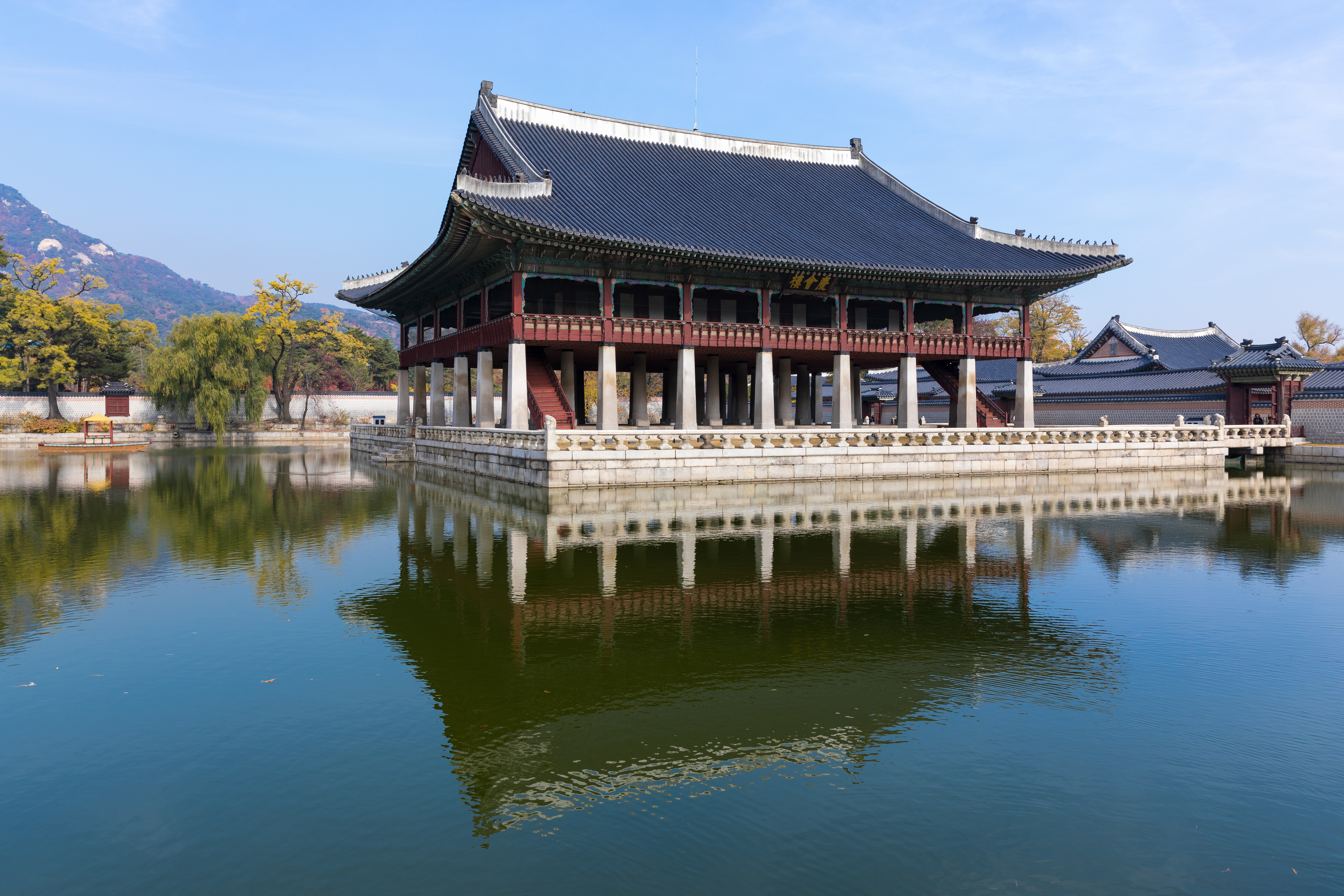- Get link
- X
- Other Apps
Korean Palaces: The Pinnacle of Traditional Wooden Architecture
Step into the grandeur of Korea’s royal history through its palaces—masterpieces of traditional wooden architecture that blend harmony, symbolism, and nature.

Photo: Geunjeongjeon Hall, the main throne hall of Gyeongbokgung Palace.
🏯Gunggwol – Korea’s Royal Palace Architecture
🏰 What is Gunggwol?
"Gunggwol" refers to the palaces of Korean royalty, especially during the Joseon Dynasty. These structures were built using traditional wooden joinery techniques, decorated with dancheong (colorful patterns), and designed to reflect Confucian principles.
🏛️ Famous Palaces

Royal Banquet Hall Gyeonghoeru (경회루) at Gyeongbokgung Palace
Built in 1395 as the main palace of the Joseon Dynasty. Symbolizes royal authority and national identity.

Changdeokgung Palace (창덕궁)
Constructed in 1405. Renowned for its harmonious garden (Huwon) and integration with natural topography.

Changgyeonggung Palace (창경궁)
Originally built in 1483 for queens and royal concubines. Known for its refined and residential atmosphere.

Deoksugung Palace (덕수궁)
Developed in the late 16th century. Unique for its fusion of Korean and Western architectural styles.
🪵 Architectural Features
Korean palaces use curved tiled roofs, raised stone foundations, and open wooden halls. Dancheong motifs symbolize protection and dignity, while courtyards and gates reflect strict spatial hierarchy.
🌿 Harmony with Nature
Palace sites were chosen based on geomantic principles (pungsu-jiri) to ensure harmony with mountains and water. Changdeokgung is especially praised for integrating buildings into the natural landscape.
🎨 Cultural Legacy
These palaces are now treasured cultural landmarks. Visitors can witness royal rituals, wear hanbok, and explore restored halls that echo the elegance of Korea’s dynastic past.
💬 Final Thoughts
Korean palace architecture reflects a civilization rooted in order, artistry, and reverence for nature. Each beam and bracket tells a story of royal life and timeless design.
- Get link
- X
- Other Apps
Comments
Post a Comment